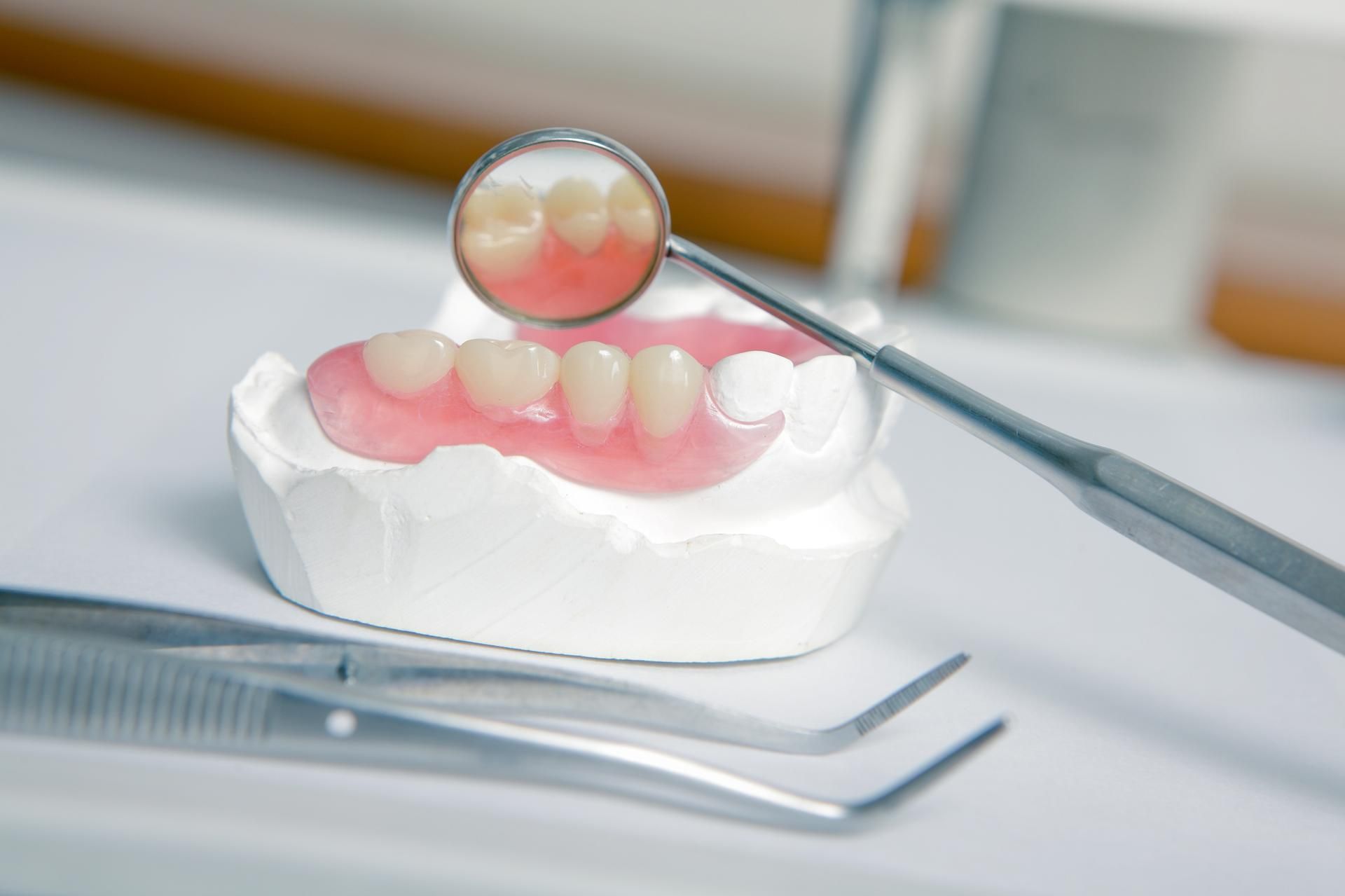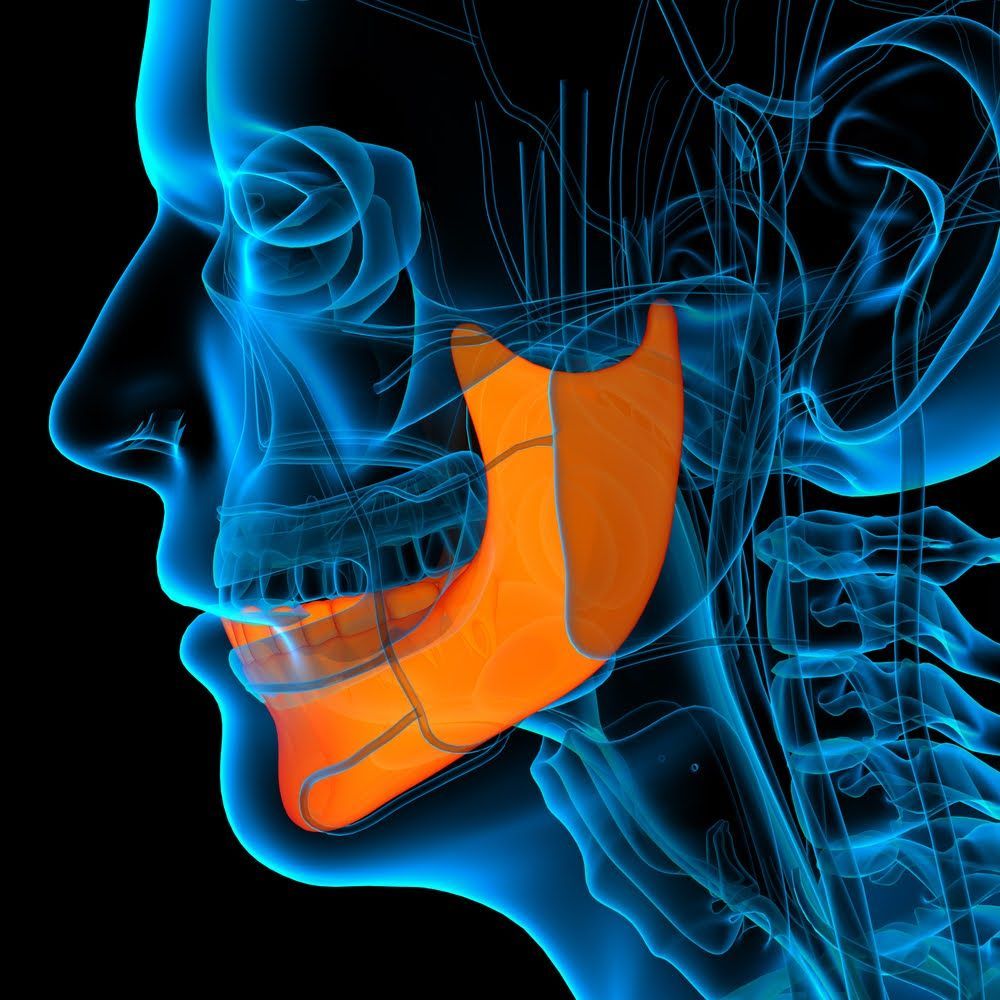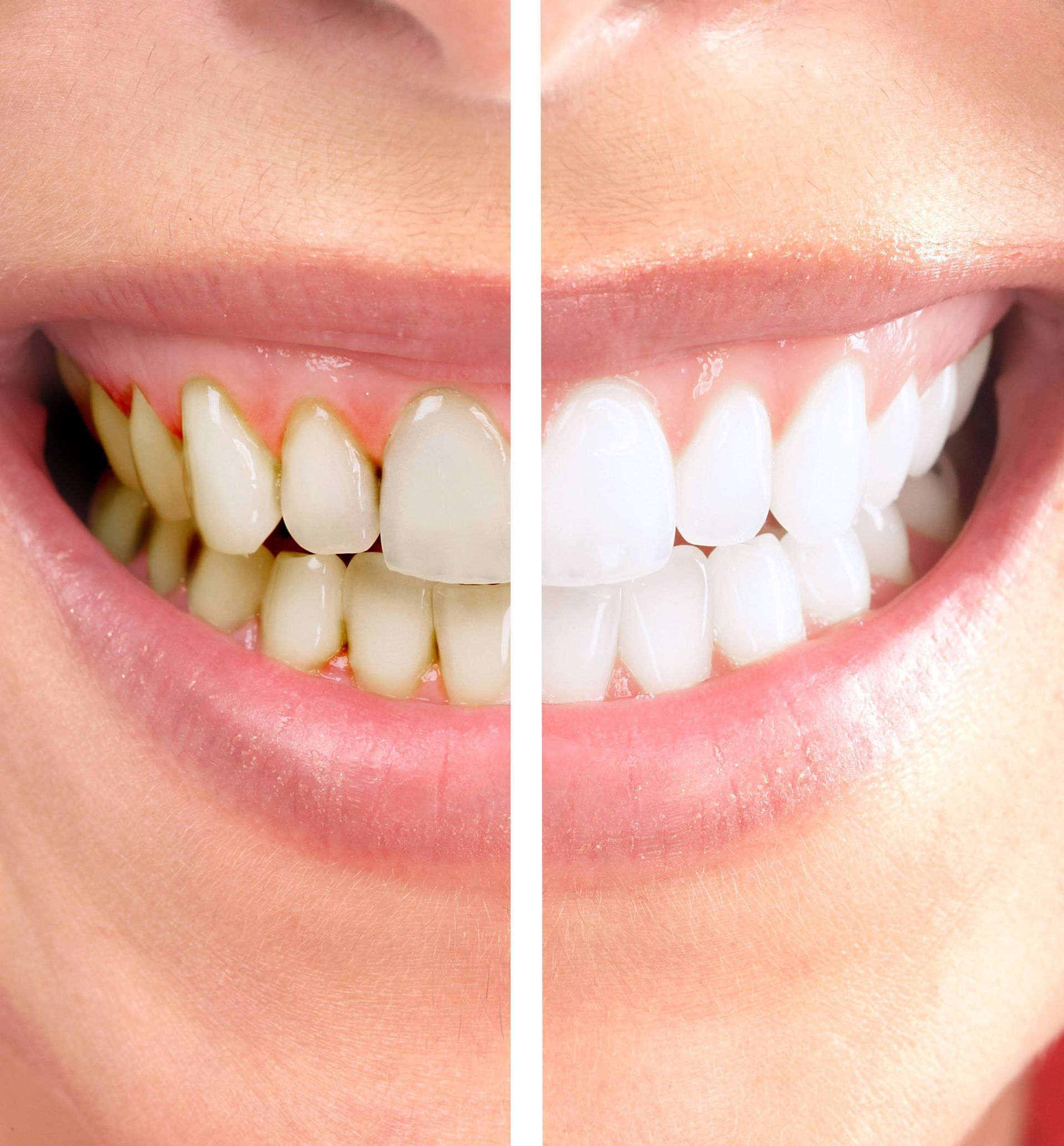Treating TMD: Tips and Techniques

Temporomandibular joint (TMD) disorder is a common condition that affects the jaw, leading to pain and discomfort. It can be caused by various factors such as teeth grinding, stress, and misaligned bite. If you are someone who suffers from TMD disorder, it is essential to seek treatment to alleviate the symptoms and improve your quality of life. In this blog post, we will discuss some tips and techniques for treating TMD.
Understanding TMD Disorder
Before exploring treatment options, it is crucial to understand TMD disorder and its symptoms. The temporomandibular joint connects the jawbone to the skull and acts like a hinge, allowing you to open and close your mouth. When this joint is damaged or misaligned, it can cause pain and discomfort.
Some common symptoms of TMD disorder include jaw pain, difficulty chewing or opening the mouth fully, clicking or popping sounds in the jaw, headaches, and earaches. If left untreated, TMD disorder can worsen over time and lead to complications such as chronic pain and difficulty eating.
Non-invasive Treatment Options
Fortunately, there are various non-invasive treatment options available for managing TMD disorder. These techniques aim to reduce pain and improve jaw function without resorting to surgery or invasive procedures.
Physical Therapy
One of the most effective ways to treat TMD disorder is through physical therapy. A trained physical therapist can help you perform exercises to strengthen and stretch the jaw muscles, improving their function and reducing pain.
Jaw Exercises
In addition to physical therapy, there are also specific exercises that you can do at home to alleviate TMD symptoms. These include tongue-to-roof-of-mouth exercises, chin tucks, and gentle jaw stretches. It is essential to consult with a healthcare professional before starting any new exercise routine.
Heat and Cold Therapy
Applying heat or cold packs to the affected area can provide relief from TMD pain. Alternating between hot and cold therapy can also help reduce inflammation in the joint.
Stress Management Techniques
Stress is a common trigger for TMD disorder, so learning how to manage stress can be beneficial in treating this condition. Some techniques to try include deep breathing, yoga, and meditation.
Dental Treatments
In some cases, TMD disorder may be caused by a misaligned bite or teeth grinding. In such instances, dental treatments can help alleviate symptoms and improve jaw function.
Bite Adjustment
If your TMD disorder is caused by an uneven bite, your dentist may recommend adjusting your bite using orthodontic treatment or dental restorations like crowns or bridges.
Mouthguards
For those who grind their teeth at night (bruxism), wearing a mouthguard while sleeping can help reduce stress on the jaw joint and prevent further damage.
Botox Injections
In severe cases of TMD disorder, your doctor may recommend Botox injections to relax the jaw muscles and alleviate pain. These injections can provide temporary relief and may need to be repeated every few months.
Medications
In some instances, over-the-counter or prescription medications may be recommended to manage TMD disorder symptoms. These include nonsteroidal anti-inflammatory drugs (NSAIDs) like ibuprofen to reduce pain and inflammation, muscle relaxants to ease tension in the jaw muscles, and tricyclic antidepressants for chronic pain management.
Lifestyle Changes
In addition to the above treatment options, making some lifestyle changes can also help manage TMD disorder. These include avoiding hard or chewy foods that may aggravate symptoms, practicing good posture to reduce strain on the jaw muscles, and avoiding habits like chewing gum or biting nails.
When to Seek Professional Help
While most cases of TMD disorder can be effectively managed with non-invasive techniques, there are instances where seeking professional help is necessary. If your symptoms persist despite trying various treatment options, or if you experience severe pain or difficulty opening your mouth, it is essential to consult with a healthcare professional for further evaluation and potential treatment.
Conclusion
TMD disorder can be a debilitating condition, but with the right treatment, it is possible to manage and alleviate symptoms. From physical therapy and dental treatments to medications and lifestyle changes, various options are available for treating TMD disorder. If you suffer from TMD disorder, speak to your healthcare provider about which treatment approach may work best for you. Remember that early intervention can help prevent further complications and improve your overall quality of life.
Learn more and come meet our dentist, Dr. Koehn, today.











